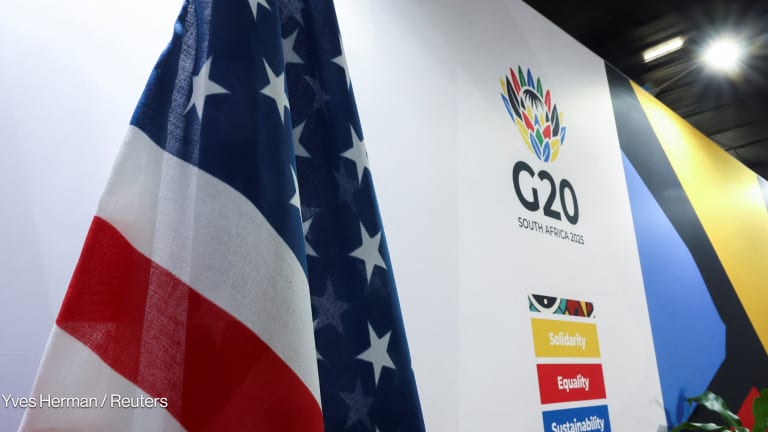There is a new playbook for reforming the multilateral development banks. The leaders of the world’s largest economies have endorsed a plan to change MDBs and to make institutions such as the World Bank “better, bigger and more effective” through a concrete set of actions.
The road map — led by Brazil within its presidency of the Group of 20 largest and emerging economies — consists of 13 short- and medium-term recommendations and 44 actions. Heads of state endorsed the plan at the G20 summit in Rio de Janeiro on Monday. It represents the final output of the group’s work on MDB reform.
“There’s no question that this is a major achievement,” said Nancy Lee, director for sustainable development finance at the Center for Global Development, a think tank based in Washington, D.C. “The success of Brazil’s presidency rests, to a substantial degree, on the production of this document.”









